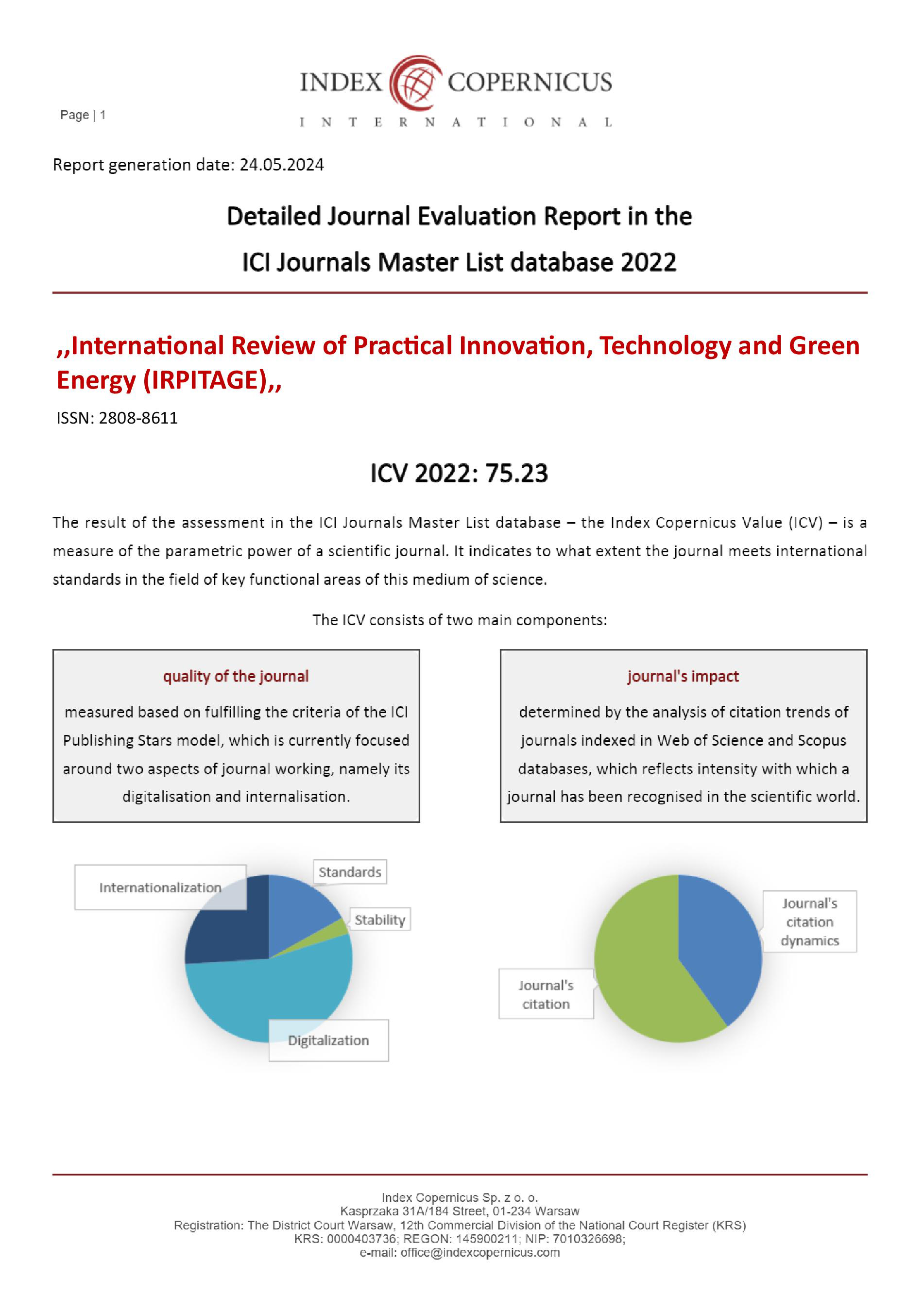A COMPREHENSIVE EVALUATION OF 'ACTIVE SMART POLYMERS “A SYSTEMATIC REVIEW AND FUTURE PERSPECTIVE”
Main Article Content
Naser Hassan Rather
Faisal Abass Padder
ABSTRACT
Smart polymeric materials exhibit significant changes in their properties when subjected to minor changes in their surroundings. These environmental factors can include temperature, pH levels, chemicals, and light. These materials, which are sensitive to stimuli, can be either artificially created or naturally occurring. Over the past decade, the utilization of smart materials in various biological applications has gained significant importance. These applications encompass solving biological problems such as bio separation, drug delivery, biosensor design, tissue engineering, protein folding, and microfluidics. The objective of these endeavors is to imitate the intelligent behavior observed in biological systems and ultimately regulate complex systems like immune responses at desired levels. The remarkable versatility and untapped potential of smart polymeric materials position them as an exciting intersection between the fields of chemistry and biology.
• Chopra, Inderjit, and Jayant Sirohi. Smart structures theory. Vol. 35. Cambridge University Press, 2013.
• Varadan, Vijay K., KalarickaParambil Joseph Vinoy, and Sankaraiyer GopalaKrishnan. Smart material systems and MEMS: design and development methodologies. John Wiley & Sons, 2006.
• Kumar, G. Sudesh, and D. C. Neckers. "Photochemistry of azobenzene-containing polymers." Chemical Reviews 89.8 (1989): 1915-1925.
• Baroncini, Massimo, et al. "Light‐Responsive (Supra) Molecular Architectures: Recent Advances." Advanced Optical Materials 7.16 (2019): 1900392.
• Hao, Muyu, et al. "A compact review of IPMC as soft actuator and sensor: current trends, challenges, and potential solutions from our recent work." in Robotics Frontiers and AI (2019): 129.
Reshi, I. A., & Sudha, T. (2023). Women's Economic Involvement and Self-Help Groups in the Pulwama District of Jammu and Kashmir. MORFAI JOURNAL, 2(4), 872-882.
Reshi, I. A., & Sudha, T. (2023). THE GENDER PAY GAP AND ITS IMPACT ON WOMEN'S ECONOMIC EMPOWERMENT. MORFAI JOURNAL, 3(1), 9-16.
Reshi, I. A., & Sudha, T. (2023). ECONOMIC EMPOWERMENT OF WOMEN: A REVIEW OF CURRENT RESEARCH. International Journal of Educational Review, Law And Social Sciences (IJERLAS), 3(2), 601-605.
Reshi, I. A. (2023). WOMEN'S SELF-HELP GROUPS-ROLE IN POVERTY NEXUS AND EMPOWERMENT. International Journal of Economic, Business, Accounting, Agriculture Management and Sharia Administration (IJEBAS), 3(1), 79-84.
Reshi, I. A. (2023). COVID-19 Pandemic and Teaching and Learning: A Literature Review. MORFAI JOURNAL, 2(4), 820-826.











